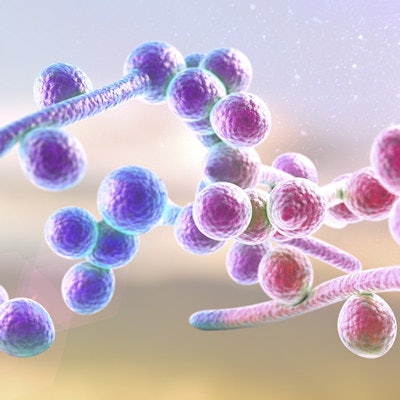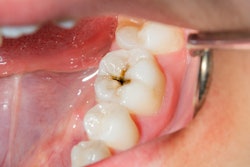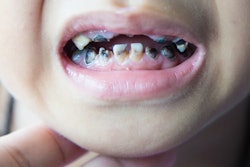
Early research findings suggest a new approach may be effective for treating early childhood caries. The approach uses enzymes that target interactions between bacteria and yeast responsible for forming sticky dental plaque.
In lab studies, researchers from the University of Pennsylvania School of Dental Medicine targeted molecular binding sites between bacterial Streptococcus mutans and fungus Candida albicans. Ordinarily, S. mutans and C. albicans form a biofilm that becomes extremely virulent and difficult to displace from the tooth surface. But the enzymes applied by the researchers reduced the binding force between the bacteria and fungus by fifteenfold.
The research, published May 18 in mBio, may lead to a new therapeutic strategy that could help wash away the buildup while sparing oral tissues, according to the researchers. The next step will be to move forward and test the approach in animal models.



















